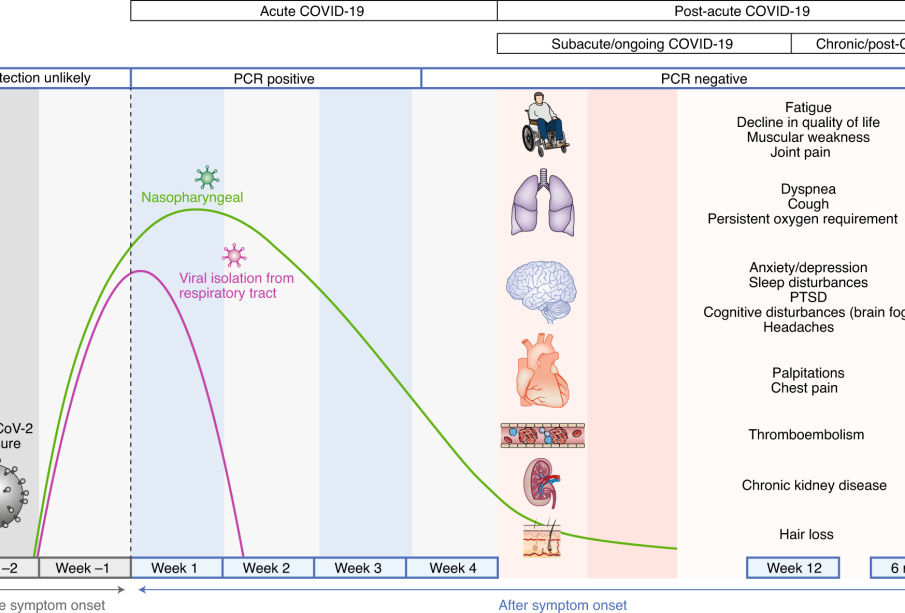A Comprehensive Guide to COVID Symptoms

Introduction
The COVID-19 pandemic has fundamentally changed the way we approach health and wellness. Understanding the symptoms of COVID is essential not only for early detection but also for limiting the spread of the virus. As variants emerge and the virus continues to evolve, staying informed about the signs and symptoms of COVID-19 is more pertinent than ever.
Main Symptoms of COVID-19
According to the World Health Organization (WHO), COVID-19 symptoms can range from mild to severe. The most common symptoms include:
- Fever or chills: Many patients report experiencing a sudden fever, which can be accompanied by chills.
- Cough: A persistent dry cough is one of the hallmark symptoms.
- Shortness of breath: Difficulty in breathing, which can escalate to acute respiratory distress in severe cases.
- Fatigue: A general feeling of tiredness that doesn’t improve with rest.
- Muscle or body aches: Patients often describe their body as feeling achy and uncomfortable.
- Loss of taste or smell: A sudden inability to taste or smell anything can be a unique indicator of infection.
Additional Symptoms
Other less common symptoms may include:
- Headache
- Throat pain
- Congestion or runny nose
- Nausea or vomiting
- Diarrhoea
Data from various health agencies indicate that symptoms can appear between 2 to 14 days after exposure to the virus, which complicates early detection and prevention strategies.
Current Insights on Variants
As the virus continues to mutate, the types of symptoms being reported may change. For instance, some recent variants have been associated with gastrointestinal symptoms occurring more frequently than before. This underscores the importance of staying updated with guidance from health experts and organisations.
Conclusion
Recognising and understanding COVID symptoms is a critical part of managing personal health and public safety. With vaccination efforts underway and testing widely available, being aware of these symptoms helps individuals make informed decisions regarding their health. As symptoms evolve with new variants, continuous education and public awareness will be key to controlling this ongoing pandemic. It is vital for everyone to stay vigilant and consult healthcare professionals if symptoms appear, to take appropriate action.









